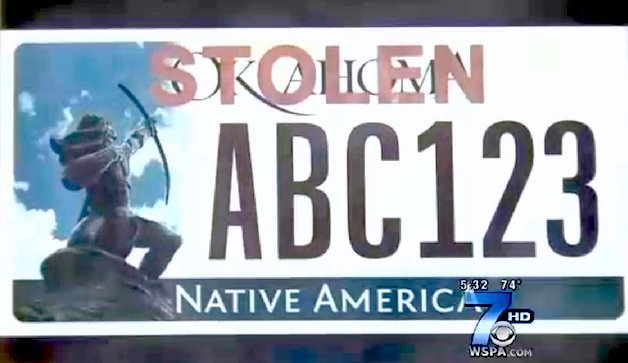South Carolina Investigating Changeable Electronic License Plates

Both passing motorists and police would be able to read the plate's message, and the designers say warning messages could be in bright red or made to flash. Each digital license plate would be linked to the DMV using a cellular connection, and power for the display would be generated either by the vibrations of an automobile or by a solar film over the plate. Power would only be required to change the plate's display – no power is required to keep the current display in place, and its creators say the DMV would not be able to track the plate.
At present, a proposal is in the works that would see state-owned vehicles in South Carolina use these electronic plates in a pilot program. If successful, and if cost can be brought to manageable levels, electronic plates could replace the simple stamped metal plates currently in use across the country. We have to wonder, though, how the general population would react to digital license plates that are connected wireless to an agency like the DMV.
Related News


